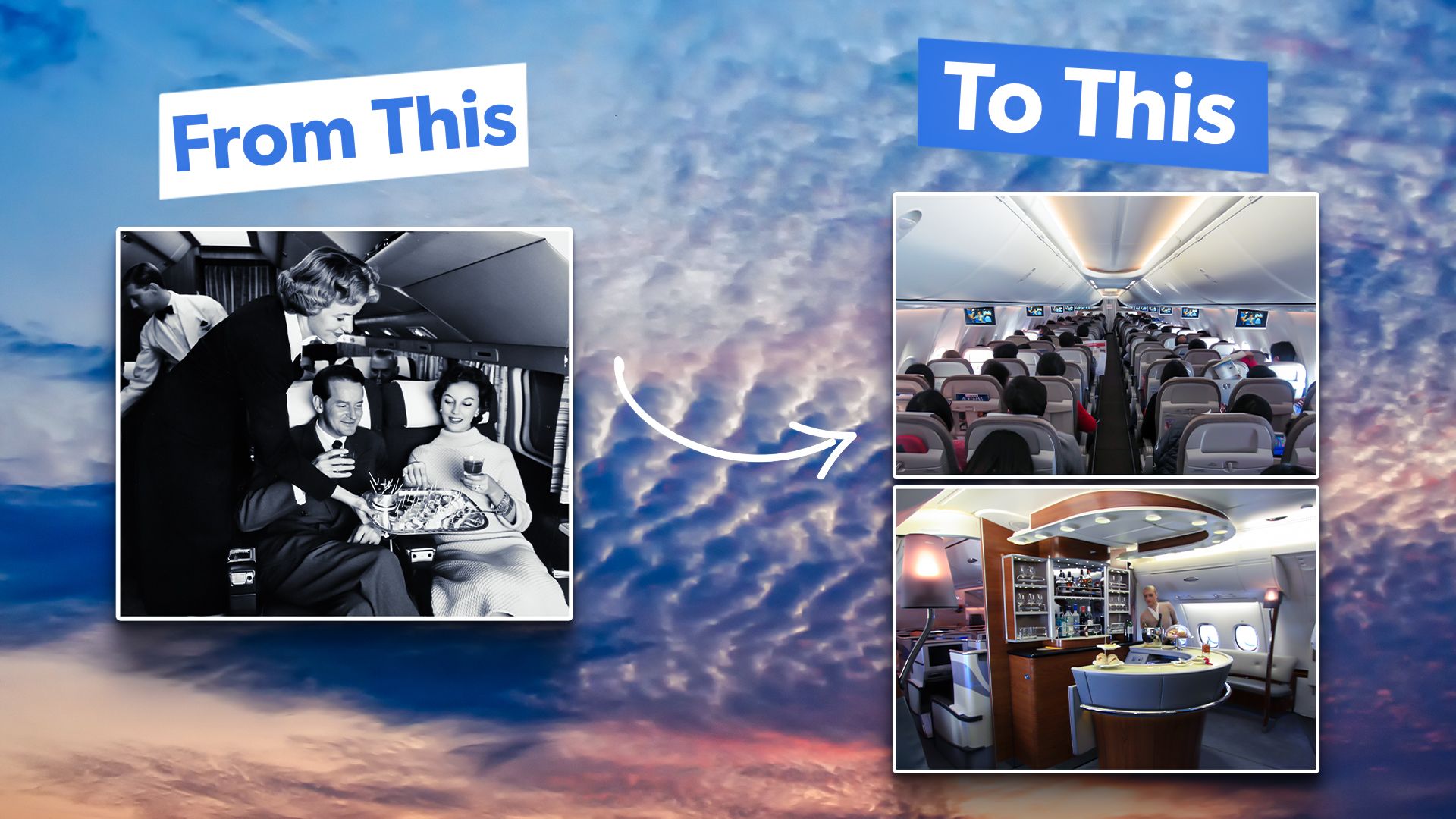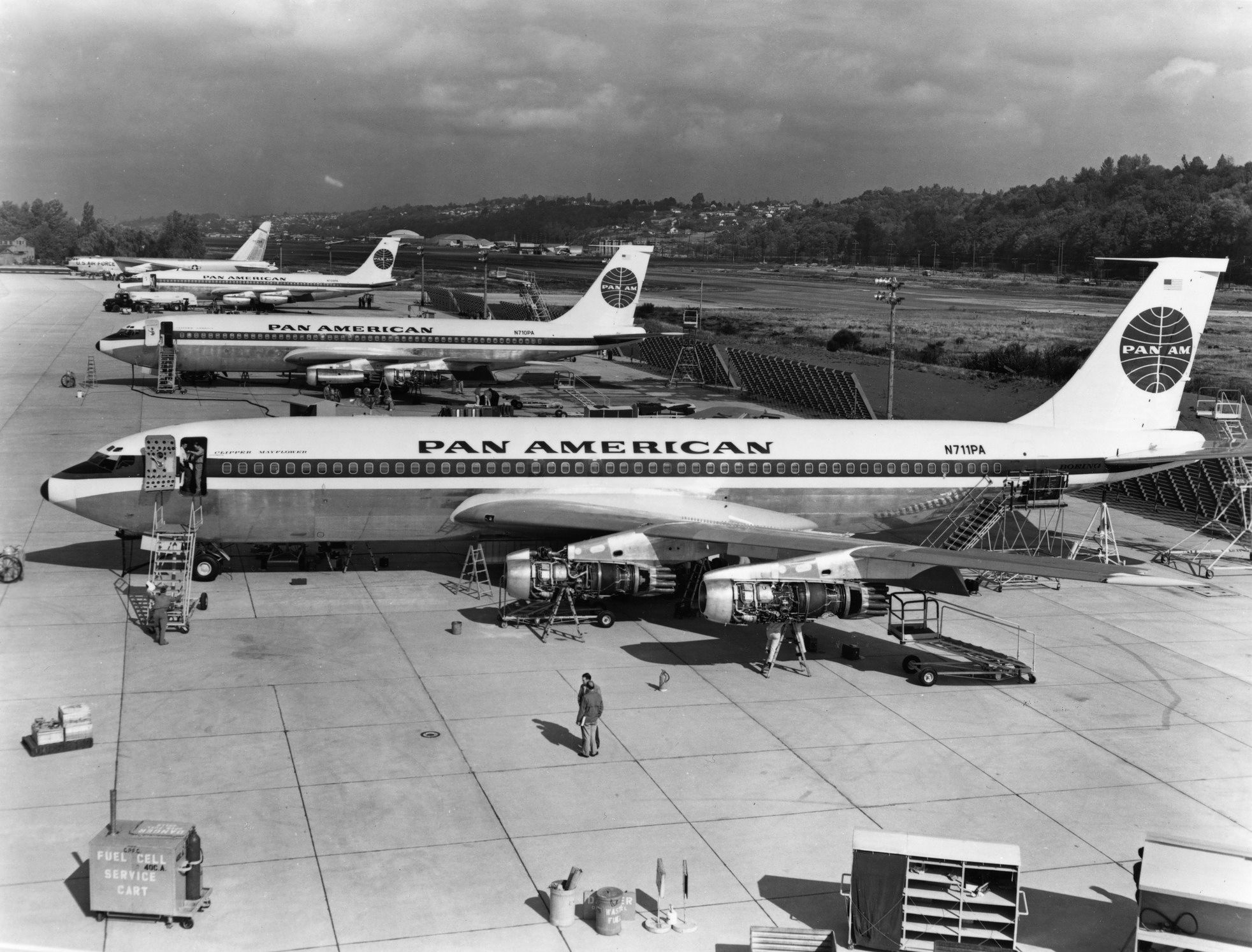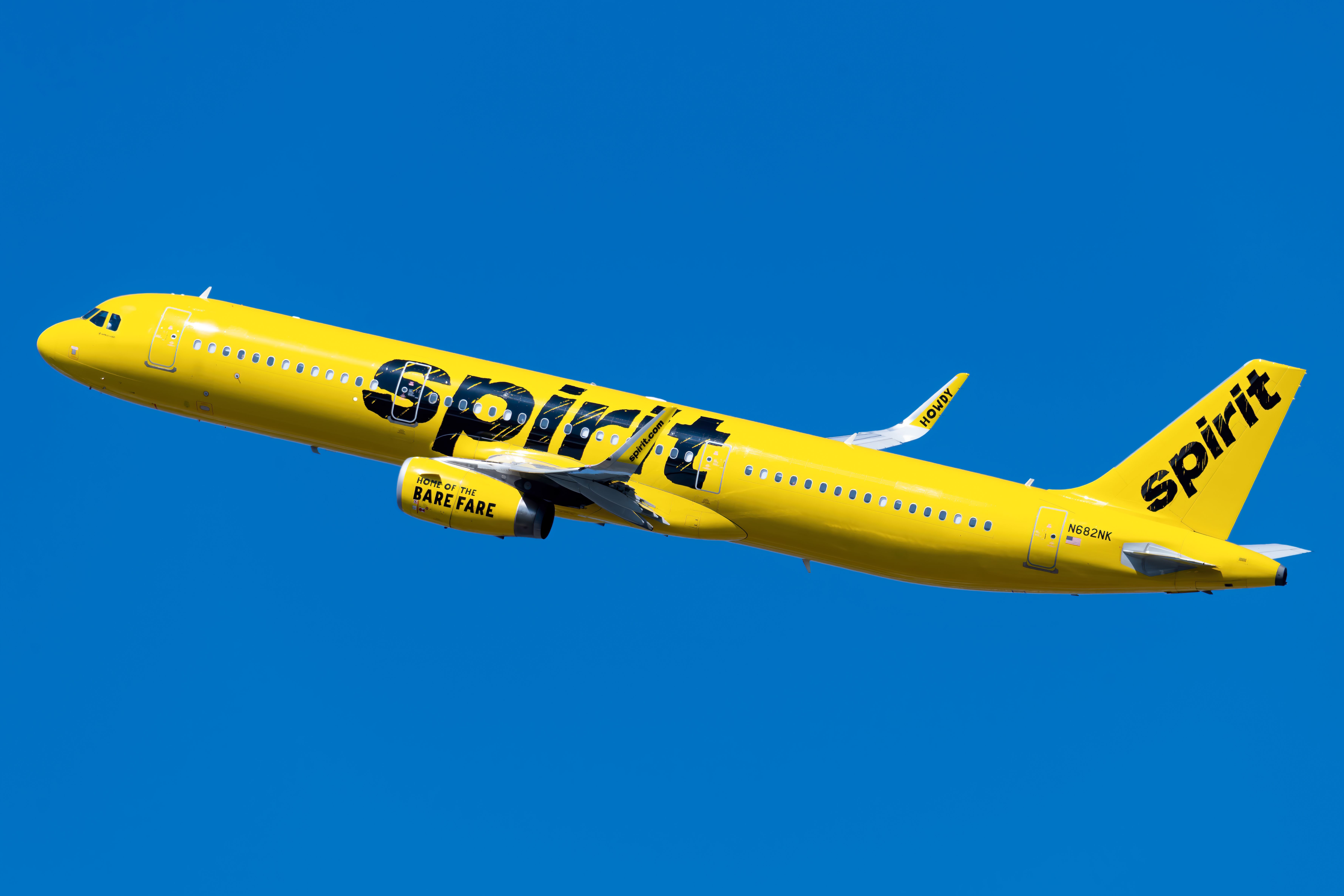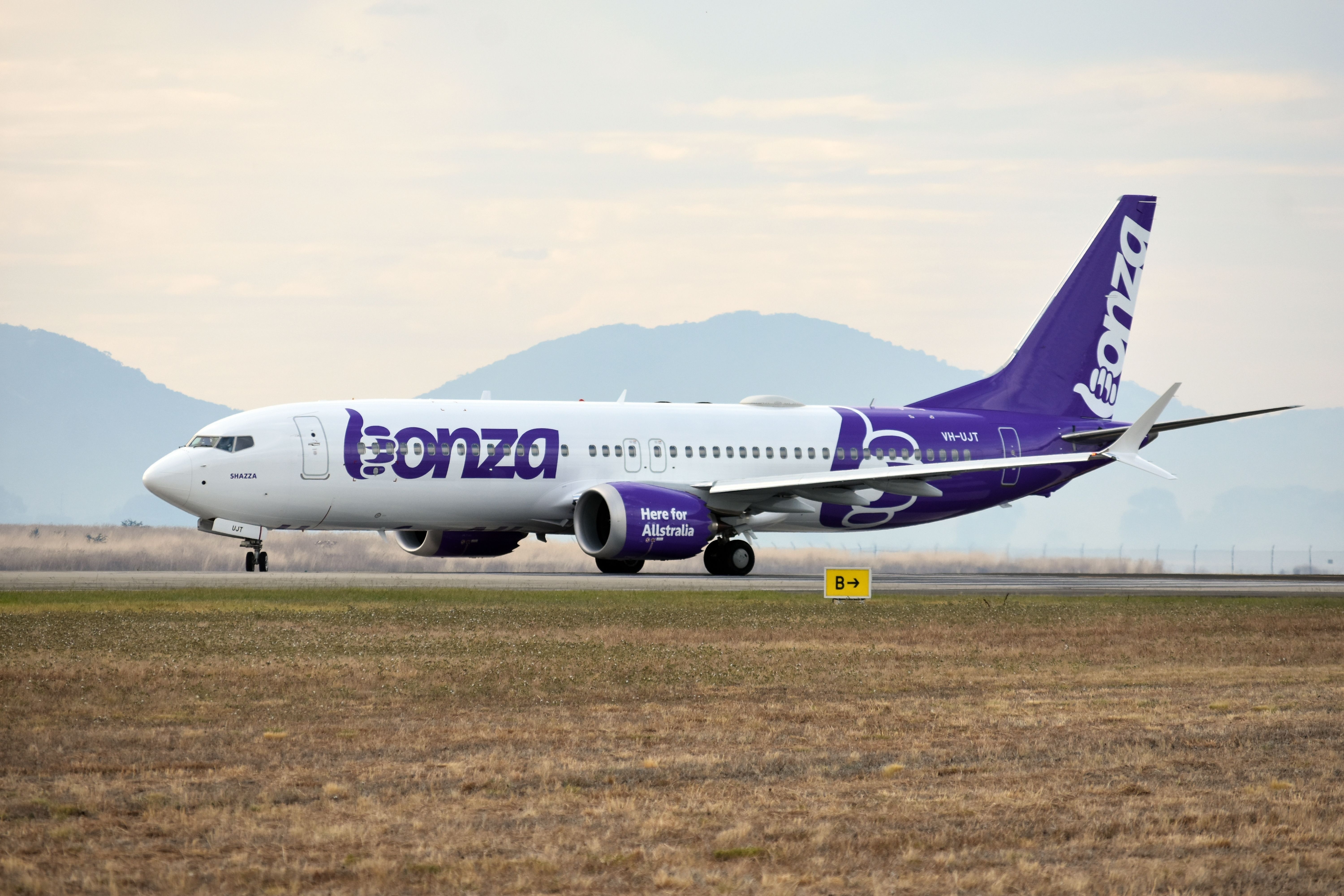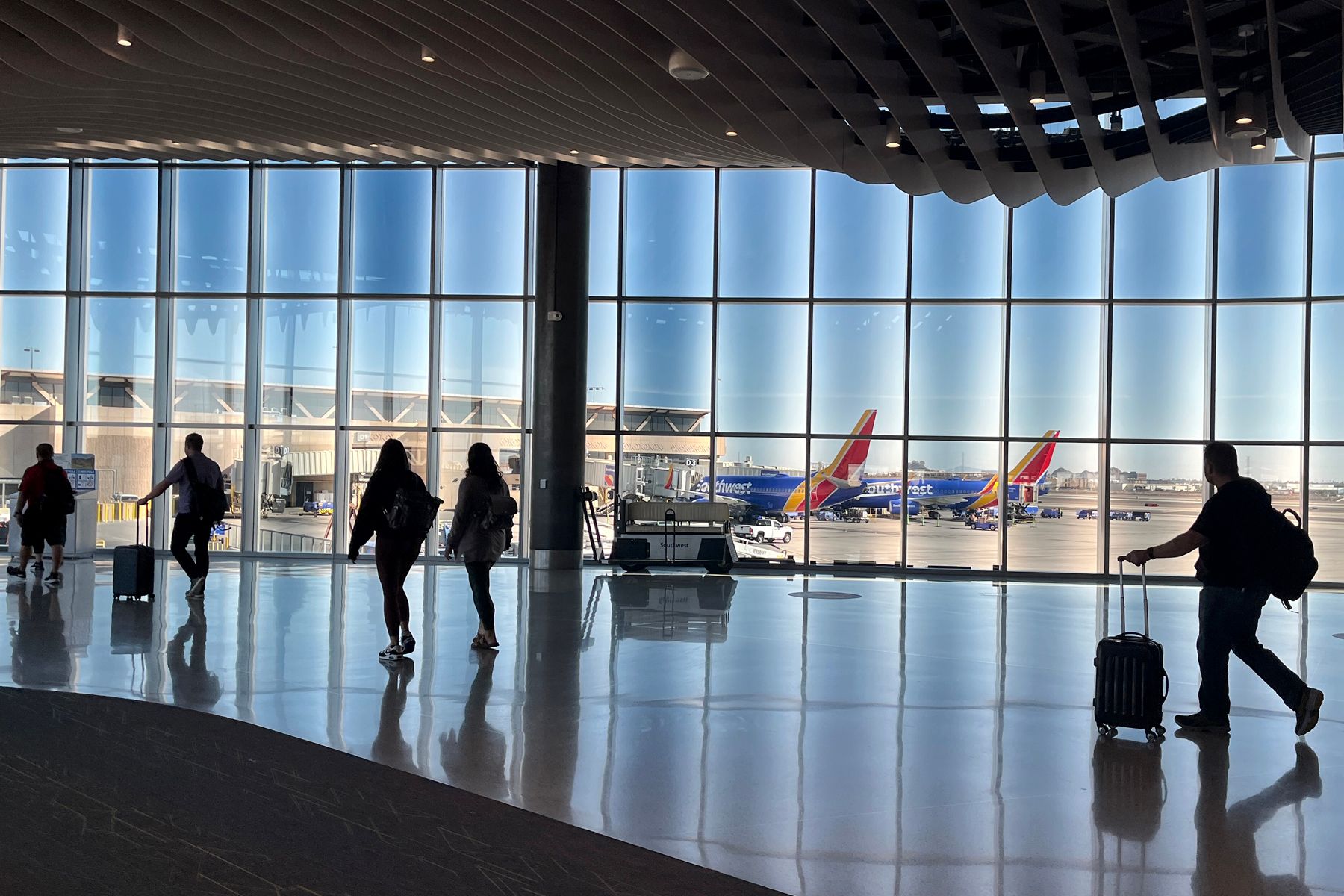Summary
- Historical airfares show a significant drop over time, making flying more affordable.
- Airlines faced tough regulation in the past, but now have pricing freedom.
- Flights were sweetened in the past, but now operate on slimmer margins with added costs.
It may be a popular belief that airfares have skyrocketed in recent times, particularly when taking into account the rise in fuel prices and airport taxes. However, if we look at historical prices of airline tickets, we can see that flying has become an accessible and more affordable mode of travel. While it may still be more expensive than land or sea transport, airfares have significantly gone down in the past few decades.
Were flights cheaper 50 years ago?
Over the past 50 years, the airline industry has been transformed; much has changed for better or worse. For instance, you probably won’t be getting a martini upon boarding, and legroom has become a luxury for most. Meanwhile, flying has also become a more accessible mode of transport, offering a level of connectivity that was inconceivable in the 1970s.
While flying was once considered a luxury, it is now more common thanks to the rise of international air travel and the growth of the low-cost travel model. These days, you can get a cheap flight by purchasing your ticket with a budget carrier. Yet, for the most part, airfares still feel costly – especially after adding on that luggage allowance.
Love aviation history? Discover more of our stories here
During much of the 1970s, airfares in the US were regulated by the Civil Aeronautics Board (CAB). It had been regulating flights since 1938, controlling commercial aviation schedules and prices. However, recession-inflation in the 1970s began to raise concerns for the government, fearing that high prices for customers in a weak economy could lead to a collapse in the airline industry.
As such, in 1978, a momentous bill was passed through US Congress that gradually eliminated the regulation of airlines. By 1983, all airlines were free of domestic CAB regulation, which meant they could set prices and effectively compete with other carriers.
Airfares: Then vs. Now
The table below shows a comparison of airfares between Los Angeles (LAX) and Boston (BOS).
|
Year |
Number of stops |
Flight duration |
Cost |
% Difference |
|---|---|---|---|---|
|
1941 |
12 |
15 hours 15 minutes |
$4,439.24 |
Baseline |
|
1978 |
5 |
11 hours 50 minues |
$915.82 |
-79% |
|
2015 |
0 (nonstop) |
6 hours 0 minutes |
$408.89 |
-55% (from 1978) |
|
2024 |
0 (nonstop) |
5 hours 10 minutes |
$119.67 |
-71% (from 2015) |
In the 1940s, the average domestic ticket within the continental United States cost thousands and took nearly an entire day to complete. That is because the aircraft were smaller and short-ranged, requiring multiple stops along the way. In the 1970s, the deregulation act significantly brought domestic airfares down to hundreds of dollars. However, the aircraft and technology limitations still require higher airfares than today.
As highlighted in a study by Compass Lexecon, commissioned by Airlines for America, a cross-country flight between Los Angeles and Boston cost $4,439 in 1941, $915.82 in 1978, $408.89 in 2015, and a mere $119.67 in 2024. It is also worth mentioning that airport fees and taxes have significantly increased in recent years. For example, the typical airport fee for a ticket has risen from $1.65 in 1979 to $29.70 in 2024.
Are we getting more bang for our buck?
Flights in the 1970s may have been a lot more expensive, but passengers also got much more in terms of service. As airlines didn’t set their own rates, they were guaranteed profits. As a result, with the money travelers paid, airlines could offer crystal glasses, complimentary champagne, and real cutlery, a sharp contrast to today’s plastic cups and boxed meals.
Taxes, airport fees, skyrocketing fuel prices, and other additional charges have ramped up overall operational costs. Even after the 1978 deregulation, airlines had more freedom and benefitted from lower overheads. Airlines back in the day were able to operate at higher profit margins. These days, it’s a much different story.
Want answers to more key questions in aviation? Check out the rest of our guides here
The adoption of ancillary service-based fares has also added a different edge to operations. While you may be able to scoop up an affordable ticket at base fare, tacking on seat bookings, suitcases, carry-on luggage, and other services once offered as part of a standard ticket can quickly cause your cheap flight to double or even triple in price. Once exclusive to low-cost carriers, the model has slowly evolved to be included in ticket prices for major airlines and flag carriers, to mixed public reception.
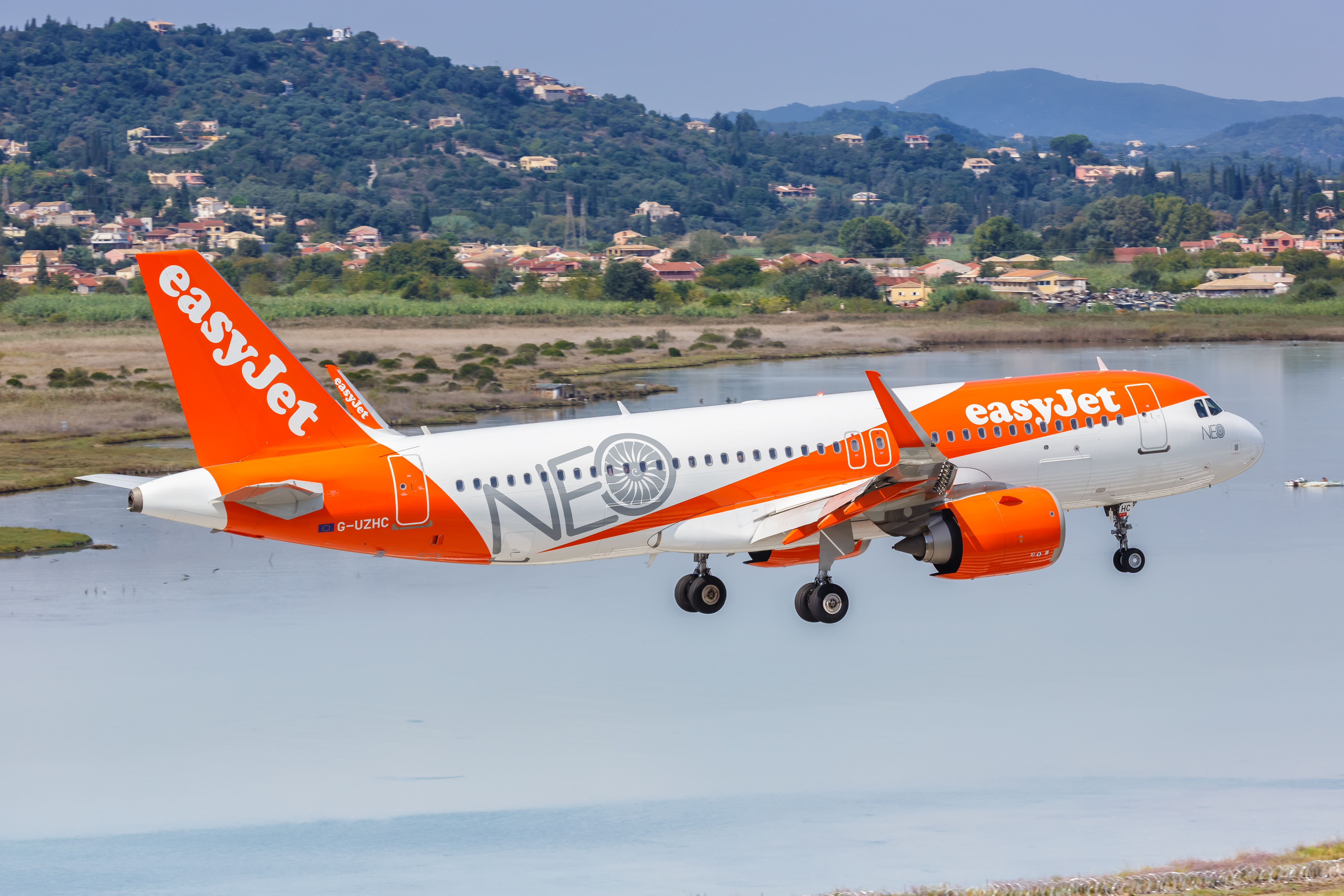
Contrasting Markets: 5 Reasons Why Budget Airfares Are Cheaper In Europe Than The US
There are a number of factors that explain this trend.Passenger numbers keep increasing
A report from One World In Data shows that global airline passengers have continued to increase since the 1940s. A rather exponential increase in air passengers was recorded in the last three decades, particularly between 1990 and 2019. While 2020 saw a significant downturn due to the pandemic, the aviation industry recovered within a span of three years.
|
Year |
Global Airline Passengers |
|---|---|
|
1945 |
9 million |
|
1950 |
31 million |
|
1960 |
106 million |
|
1970 |
383 million |
|
1980 |
748 million |
|
1990 |
1.17 billion |
|
2000 |
1.77 billion |
|
2010 |
2.49 billion |
|
2019 |
4.49 billion |
|
2023 |
4.41 billion (recovery from the pandemic) |
|
2040 |
10 billion (forecasted) |
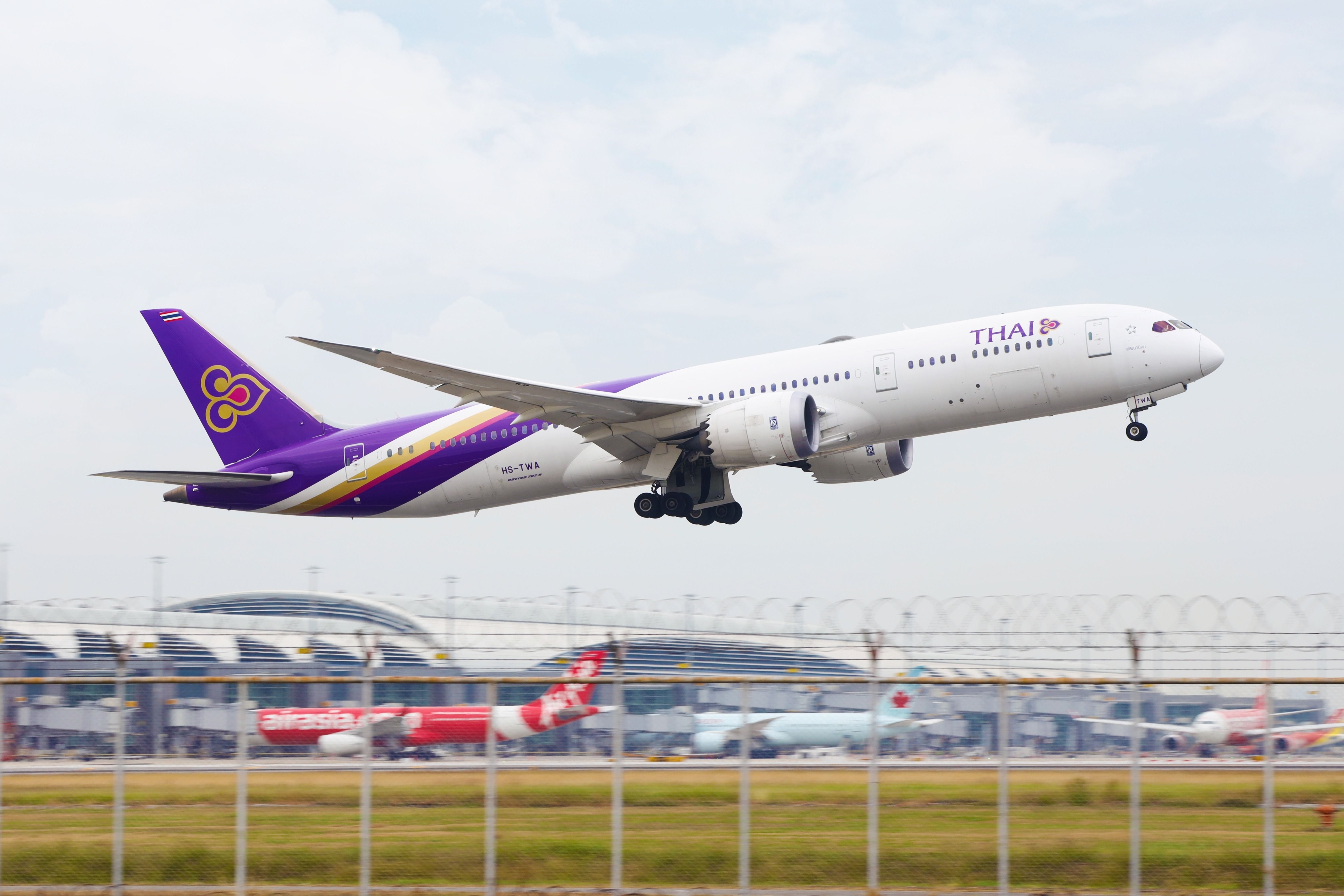
Asia Pacific Airlines Add 26.4 Million Passengers In 1Q 2024
Asia-Pacific airlines are well ahead of last year's international passenger numbers but are still less than 90% recovered compared to 2019.The bottom line
Proportionally (inflation considered), flights are much cheaper now than they were 50 years ago. Consequently, flying is a more accessible mode of transport for many and has resulted in the soaring popularity of air travel, which began after deregulation. However, despite the cost drop, the base cost of flying has increased as airlines operate small profit margins and seek to remain competitive.
In the future, if the current financial climate continues, demand for low-cost travel is likely to increase, prompting airlines to offer lower fares, in turn pushing airports and governments to cut fees and taxes.
Have you noticed a difference in airfare prices during your lifetime? Have you got a story to share about how flying used to be? Let us know your thoughts in the comment section.

